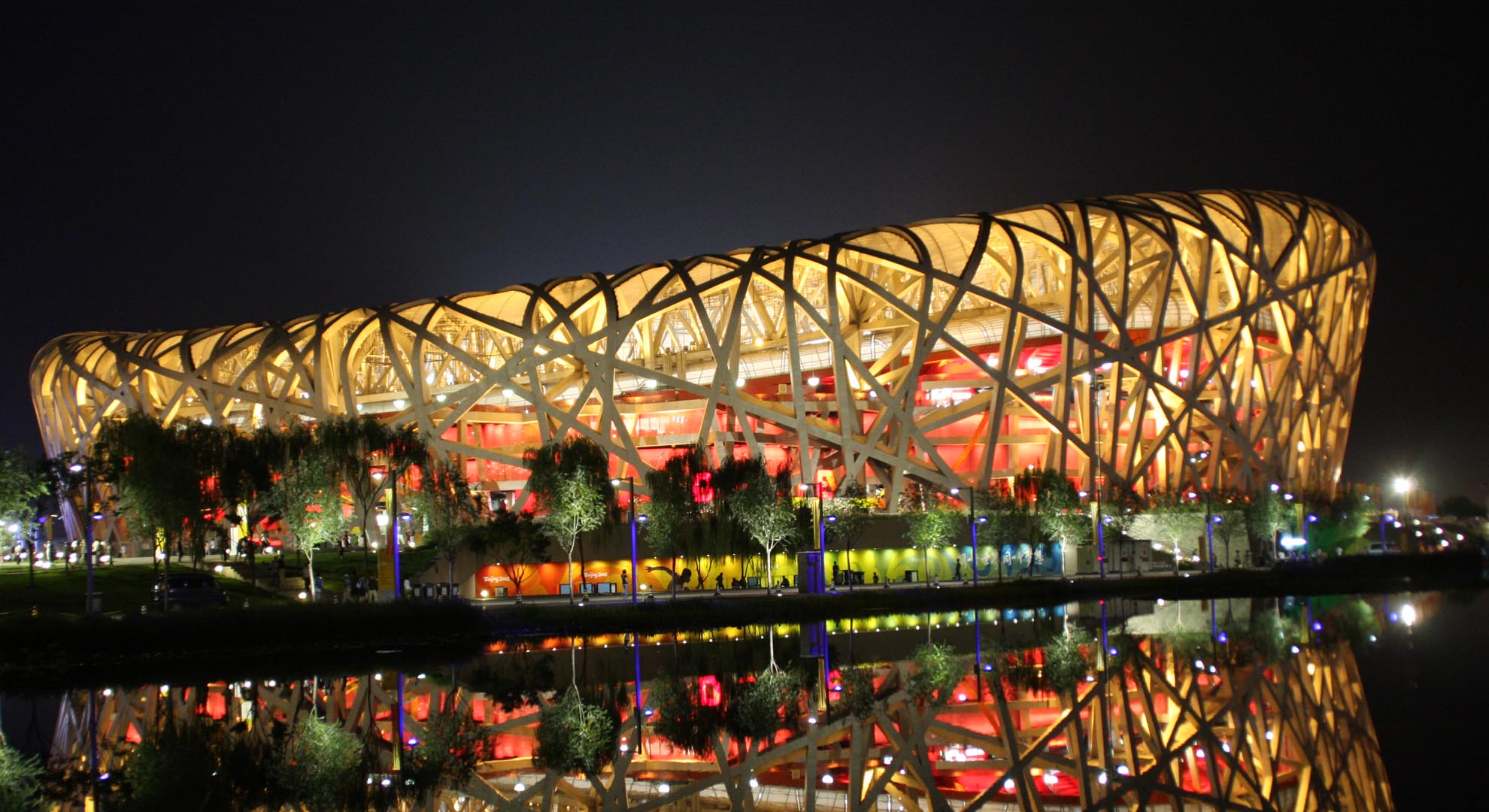The Right to Create
Light is life
Light … We take it for granted. The sun rises every day and gives us energy and illumination. The sun also provides direction, as she has offered us the ability to navigate our way, as well as a sense of time. And the sun gives us food: with her radiance, that is keenly absorbed by fruits, nuts and vegetables, she feeds us. Light, is life. Light and architecture join forces to transform spaces and perceptions. this The incredible quality and presence of Light in our lives was always recognized and celebrated.
If you would have lived in the 19th century and decided to study architecture, for the bigger part of your training you were dealing with Light. The perception of Light, the way it transforms spaces, the dimensions it gives and suggests, the opportunities for building users to interact … There are countless reasons for an architect to gain a profound understanding of Light. It is a complex material, because the sun turns, it is on a different path every day, and on every spot on our planet. Mastering Light means you master architecture.
It became forgotten with the arrival of electric Light. Engineers developed guidelines: for offices, for hospitals, for the public space, for everywhere. 400 lux on your desk is generous, and let the Light be uniform and with little contrast, so it does not disturb the human eye. The engineers were pleased when computer programs enabled them to quantify Light before it was even installed, and by the way, they did the same with temperature (21 °C) and humidity (70%).
As a lighting designer, I see this differently. I believe that we have our five senses so we cannot only determine but also enjoy the world around us. A dynamic environment is entertaining, uplifting and inspirational. A visually quiet environment promotes contemplation, and concentration. But the fact that I can choose between these is perhaps the most important.
Because being able to choose, means being free.

Beijing National Stadium, Olympic Green, Herzog & de Meuron. Photo © Mini Yu Sun, Arup
I create spaces with Light. I do not promise “to enhance the features of the architecture with Lighting” … Even though many may promise that indeed! I do not, because I do not believe that Light and architecture interact that way. The one is not a layer on top of the other. Light does not cover over here and reveal over there. No, lighting designers have a much better story: Light is an intrinsic part of architecture. It enables people to perceive and to appreciate, it surprises and informs. I wish I had studied in 19th century!
However, what designers did not have at that time is the tremendous toolbox the lighting designers have now. I can do anything I dream or propose, because technology has been so incredibly empowering the past decade, making what used to be impossible is now possible. And within reach for everyone.
What Digital Light (some call it LED) really means is not so much about its energy efficiency as it is about its artistic possibilities. With Digital Lighting technology, I create colors, contrasts and textures just by making these on my computer or my iPad. The Lights are focused or soft, pale or saturated, dim or bright and small or large …. Everything is possible. With Digital Light, we finally have an easy way to create Light that truly connects with people at all levels. At a sensorial level, Digital Light gives visibility and comfort. At a physiological level, Digital Light connects with our natural circadian rhythm, and offers Light that alternates color temperature and brightness in ways that our bodies respond to, giving us more energy and less fatigue. And at the level of our well-being and our soul, Digital Light gives harmony and peace to the spaces we live and work in, it feeds our soul with imagination, and our curious mind with new views.

New Rijkmuseum, Gallery of Honor, Cruz & Ortiz Arquitectos. Photo © Erik Smits
One of the key features of Digital Light is its ability to focus easily. Narrow beams that otherwise leave a space dark are more sculptural, of course, than fluorescent tube Lights. It is this sculptural Light that can only exist by appreciating darkness. Darkness, the underrated material of the lighting designer, is crucial to the human environment: it gives us revitalizing sleep. It also gives us silence, and mystery. We wouldn’t be humans without darkness in our lives!
However the most beautiful side of Digital Light is another one. Digital Light is extremely democratic: it allows everyone to be a lighting designer, to experiment and to create. Its predecessor, those conventional gas discharge bulbs and fluorescent tubes, were reserved for specialists: they were high voltage, hot, large and expensive.
Digital Light on the other hand, is small, affordable and low voltage: you do not even have to be an electrician to start playing with it, and to deliver your own lighting design. Digital Light gives you the right to Create. And that is the real beauty of LED Light, because: to Create something is one of the most rewarding things in life.
Main image: Sheikh Zayed Bridge, Zaha Hadid Architects. Photo © Hufton+Crow